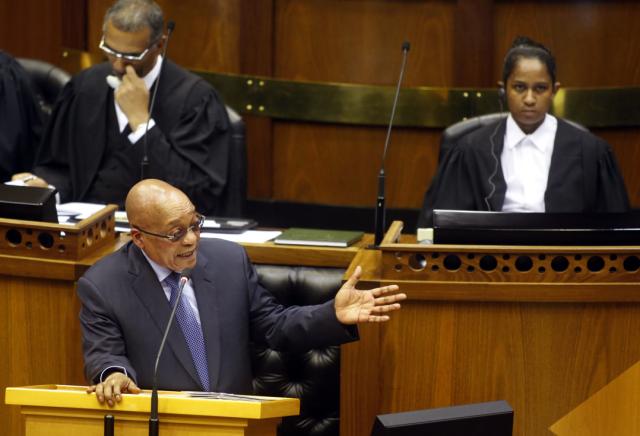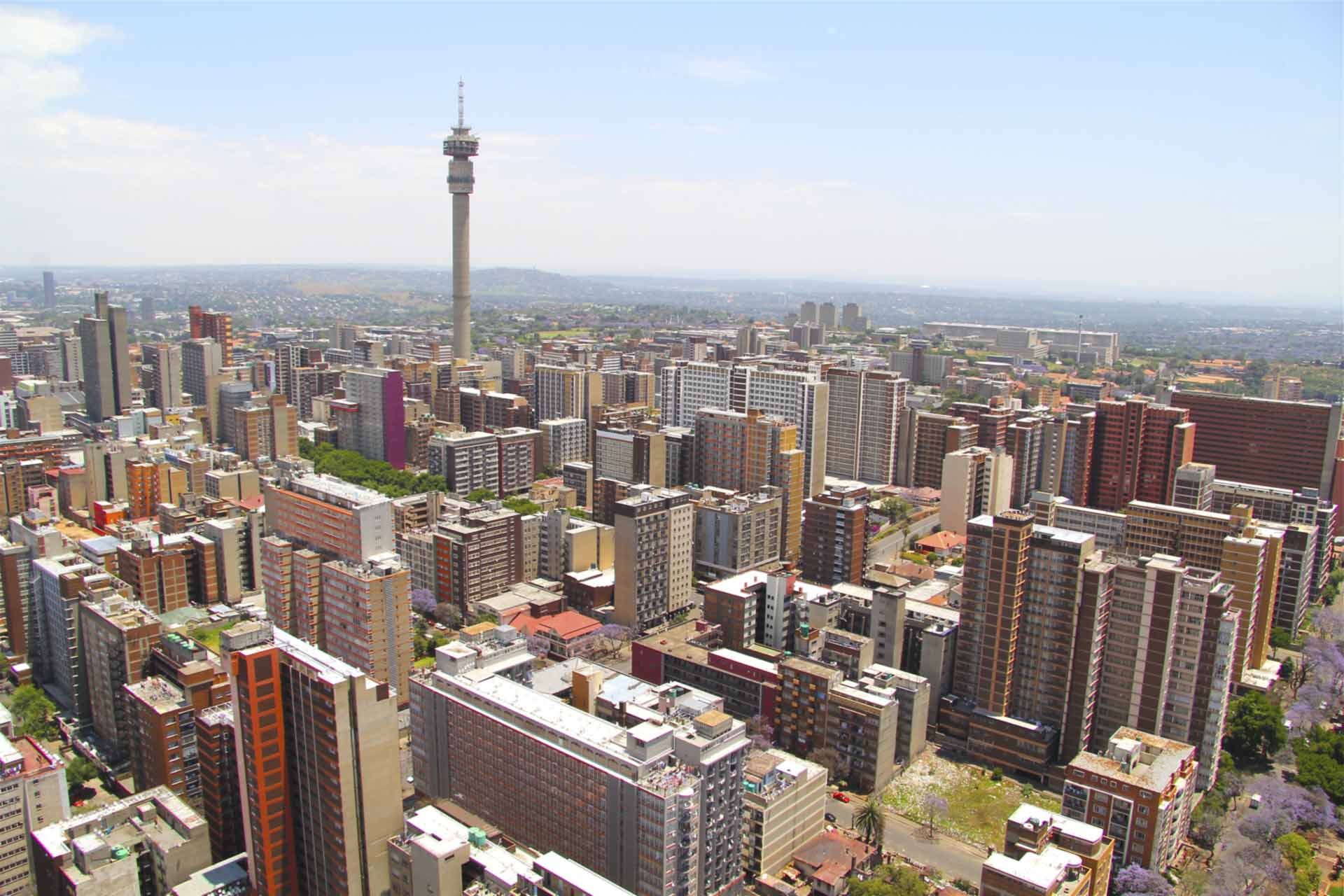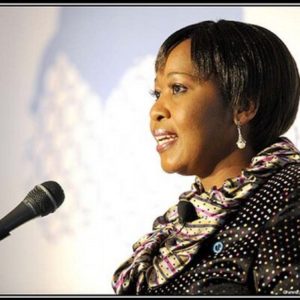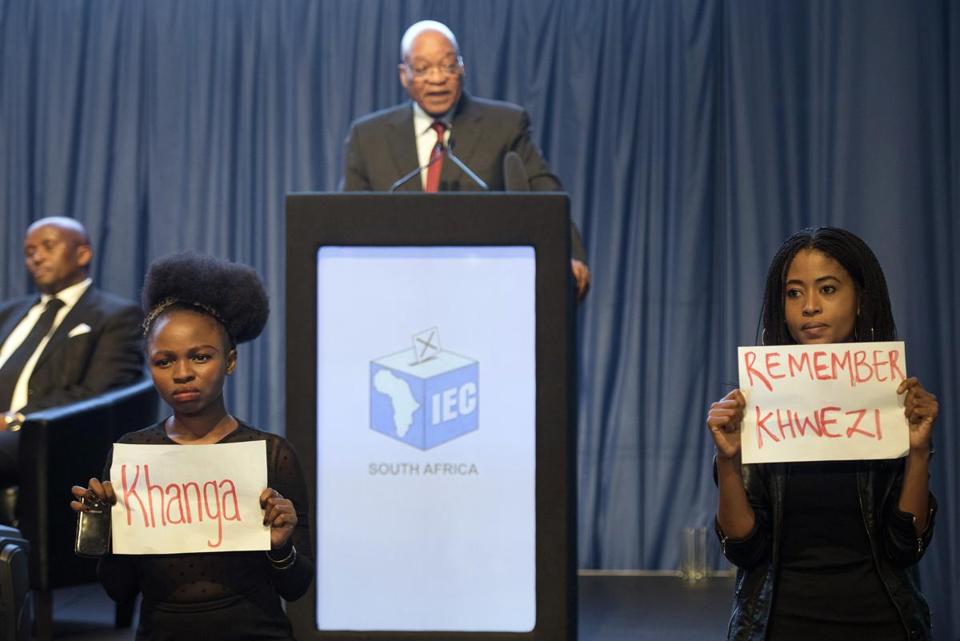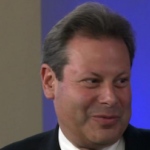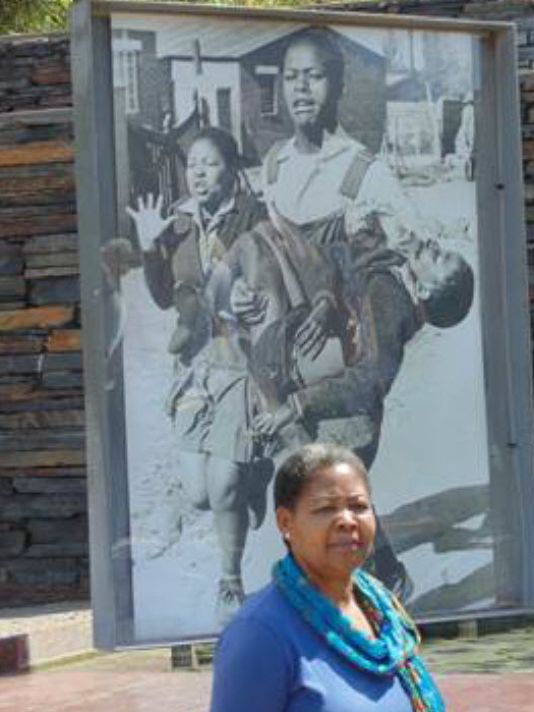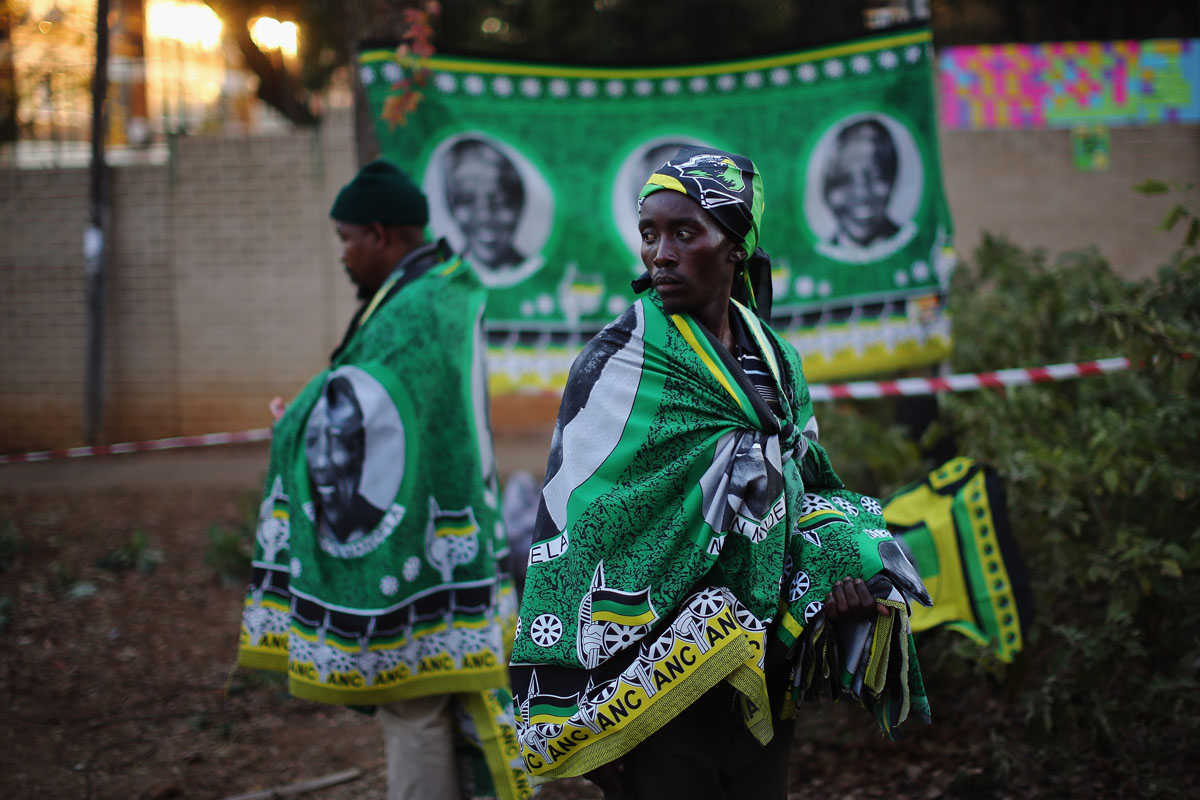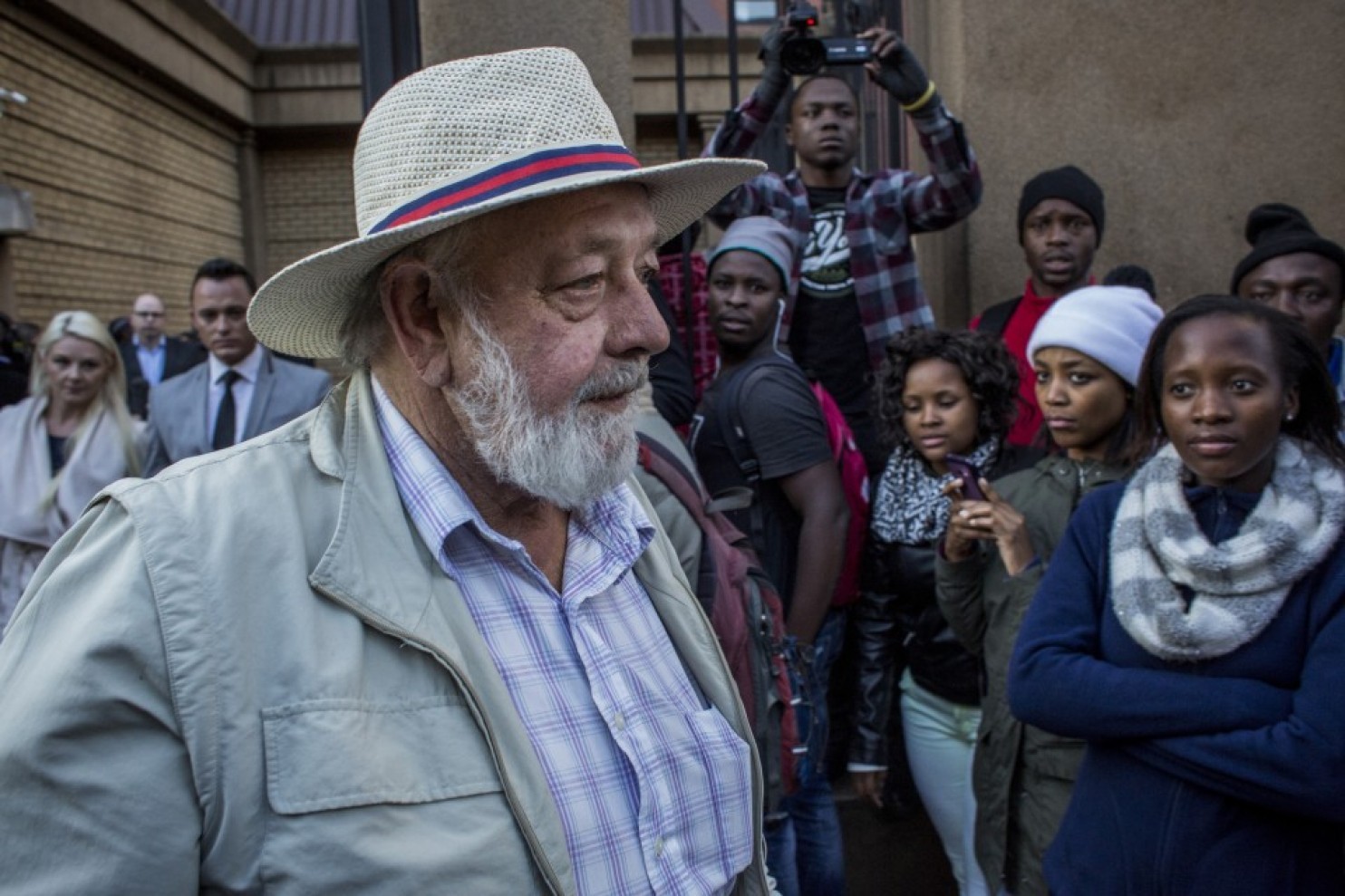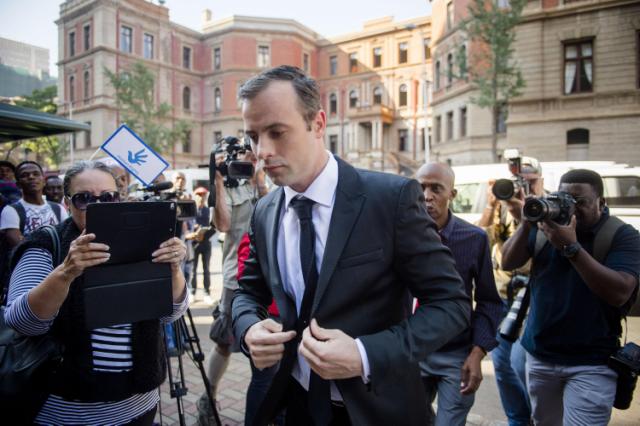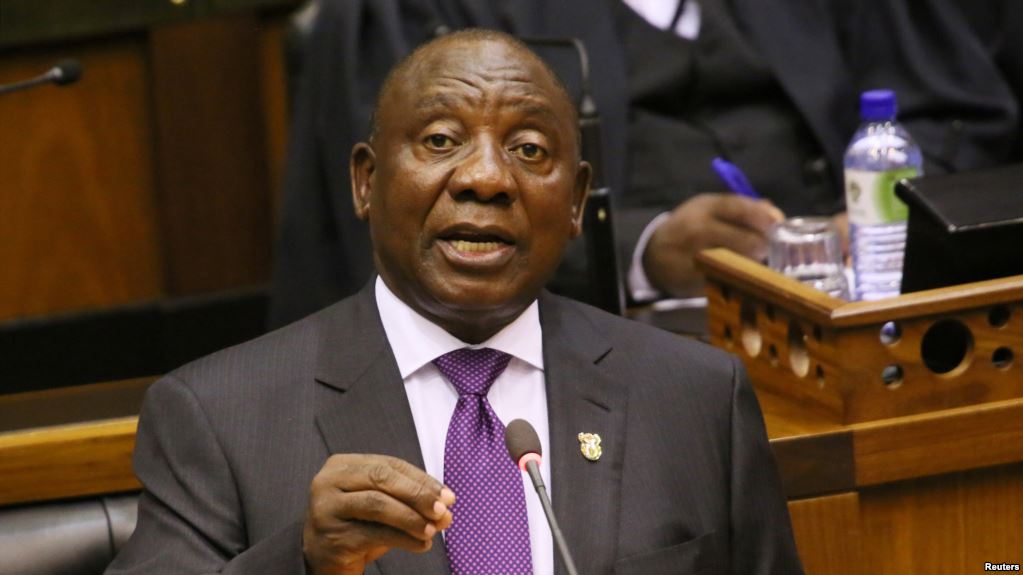
CAPE TOWN, South Africa — President Trump waded into South Africa’s proposal to seize land from white farmers, saying in a post on Twitter late Wednesday that he had asked Secretary of State Mike Pompeo to “closely study” the “the large scale killing of farmers” — a claim disputed by official figures and the country’s biggest farmer’s group.
Mr. Trump’s comment that the “South African Government is now seizing land from white farmers” came after the Fox News host Tucker Carlson presented a late-night program on South Africa, including land seizures and homicides, and described President Cyril Ramaphosa as “a racist.”
The tweet gives prominence to a false narrative pushed by some right-wing groups in South Africa that there have been numerous seizures of white-owned land and widespread killings of white farmers. Some of those groups have brought their claims to the United States on lobbying trips.
On Thursday, the South African minister of international relations, Lindiwe Sisulu, described the tweet as “regrettable” and “based on false information.” The government said it would seek clarification from the United States Embassy, and Ms. Sisulu planned to “communicate with Secretary of State Michael Pompeo on the matter through diplomatic channels.”
The government has said expropriating farms is necessary to deal with longstanding inequities and that only unused land would be subject to seizure, suggesting that land that is being actively farmed would be safe.
In a country still struggling with the effects of apartheid and widespread economic inequality decades after Nelson Mandela became the country’s first black president, Mr. Trump’s tweet was likely to inflame the divisive landownership debate.
Here’s an explanation of the issues.
Are there widespread killings of farmers?
The number of killings of farmers is at a 20-year low, 47 in 2017-18, according to research published in July by AgriSA, a farmers’ organization in South Africa. That is down from 66 the year before. The figures were consistent with a steady decline of violence since a peak in 1998, when 153 were killed.
South Africa recorded 19,016 murder cases from April 2016 to March 2017, according to the South Africa Police Service. The national murder rate last year was 34.1 per 100,000 people, but the number of people living on farms is not fully known, which makes comparisons difficult.
Most official statistics do not break down homicides by race, and they include farmers as well as employees who live on the land.
“There is no official crime category called ‘farm attack’ or ‘farm murder,’ ” according to Africa Check, a local fact-checking organization.
Some white South Africans say they believe that farm killings are underreported, politically motivated and part of a conspiracy to rid the country of white residents. AfriForum, a right-wing minority rights group, has lobbied internationally — including in Washington — to draw attention to farm homicides and what it calls the “racist theft” of land.
“Nobody is disputing that people living and working on farms and small holdings are the victims of violent and often brutal attacks and murders,” said Kate Wilkinson, a senior researcher at Africa Check. “What is disputed is whether they face an elevated risk versus average South Africans.”
Does the South African government want to seize land?
Yes.
Mr. Ramaphosa announced on Aug. 1 that the governing African National Congress (A.N.C.) would move ahead with a proposal to change the country’s Constitution and allow the expropriation of some land without compensation.
Land reform is a highly divisive issue in South Africa, where white residents, who make up 9 percent of the population, own 35 percent of the land, according to official figures, a legacy of colonial and apartheid-era dispossession.
A government land audit last year reported that black South Africans directly owned less than 9 percent of the country’s land, despite making up 79 percent of the population.
What is its argument for doing so?
Mr. Ramaphosa has said that speeding up what he described as land reform will bolster economic growth and agricultural production.
More fundamentally, the government has argued, returning land to black South Africans would make the country — which has one of the largest income gaps in the world — more just. Resolving to support land redistribution without compensation was “a call to action to decisively break with the historical injustice of colonial, apartheid and patriarchal patterns of land ownership, and to build a South Africa that belongs to all,” the A.N.C. said in a statement in May.
In an op-ed article published by The Financial Times on Thursday, Mr. Ramaphosa wrote: “As the World Bank has observed, ‘South Africa’s historical, highly skewed distribution of land and productive assets is a source of inequality and social fragility.’ ”
He also said in January, “We can make this country the Garden of Eden.”
Within the A.N.C., a faction aligned with former President Jacob Zuma has strongly pushed for land seizures. Mr. Ramaphosa, a former businessman regarded as more moderate, has promised that land expropriation will not threaten economic stability or agricultural output, although the government has not specified how the process will work.
A series of hearings on the subject has been held in the provinces in the past couple of months, as Parliament weighs changing the law. The issue is expected to loom large in national elections next year.
Has the government changed the Constitution?
Not yet.
During Wednesday’s broadcast, Mr. Carlson said Mr. Ramaphosa had started “seizing land from his own citizens without compensation because they are the wrong skin color.” But that is not true. Mr. Ramaphosa’s proposal requires a parliamentary motion and has not yet become law although some version is expected to pass.
South Africa’s Constitution already allows for land expropriation below market value, “perhaps even at zero value,” noted Andries du Toit, the director of the Institute for Poverty, Land and Agrarian Studies at the University of the Western Cape.
“Why has the state not already used these provisions? The answer in part seems to be that expropriation is very difficult — you are heading for a process where the final decision will be made by a court, not the government,” Mr. du Toit said.
A campaign by right-wing groups bears fruit
Some right-wing groups in South Africa, like AfriForum, have pushed the false narrative that there have already been numerous seizures of white-owned land.
The groups have drawn support from conservative American commentators such as Alex Jones, Ann Coulter and Mike Cernovich, who in 2016 tweeted that “white genocide” was “real” in South Africa.
Leaders of AfriForum visited Washington in May and met with Senator Ted Cruz and members of the Cato Institute. A representative of AfriForum also appeared on Mr. Carlson’s show in May, generating much chatter among the group’s supporters on social media.
Mr. Carlson, who has often used inflammatory language on issues of race on his show, has become one of Mr. Trump’s favorite Fox News hosts. Mr. Trump himself has made many racially explosive remarks, and political analysts say they expect him to continue using that language to firm up support among his conservative voter base, which includes vocal white nationalists and white supremacists.
Mr. Trump apparently singled out Mr. Pompeo in the tweet because Mr. Carlson had read aloud what Mr. Carlson called an “unbelievable statement” from what he called “Mike Pompeo’s State Department.” The statement was a long and nuanced explanation of the department’s perspective on land ownership in South Africa, and it said that the country had a “strong democracy” and was engaged in an “open process” over the land tensions.
After reading it, Mr. Carlson mocked the statement.
Another rightwing group from South Africa, the Suidlanders, toured the United States last year, meeting with David Duke, a former leader of the Ku Klux Klan, among others.
Mr. Trump’s own relations with African countries have been fraught. He drew condemnation in January for using a vulgar term to describe Haiti and some African countries. Mr. Trump later met President Muhammadu Buhari of Nigeria, the first leader from sub-Saharan Africa to visit him at the White House. And Rex W. Tillerson, then secretary of state, sought to mend fences during a five-nation of Africa, promising $533 million in new aid.
In reaction to Mr. Trump’s tweet this week, Patrick Gaspard, a former American ambassador to South Africa, said on Twitter: “The President of the US needs political distractions to turn our gaze away from his criminal cabal, and so he’s attacking South Africa with the disproven racial myth of ‘large scale killings of farmers.’ This man has never visited the continent and has no discernible Africa policy.”

